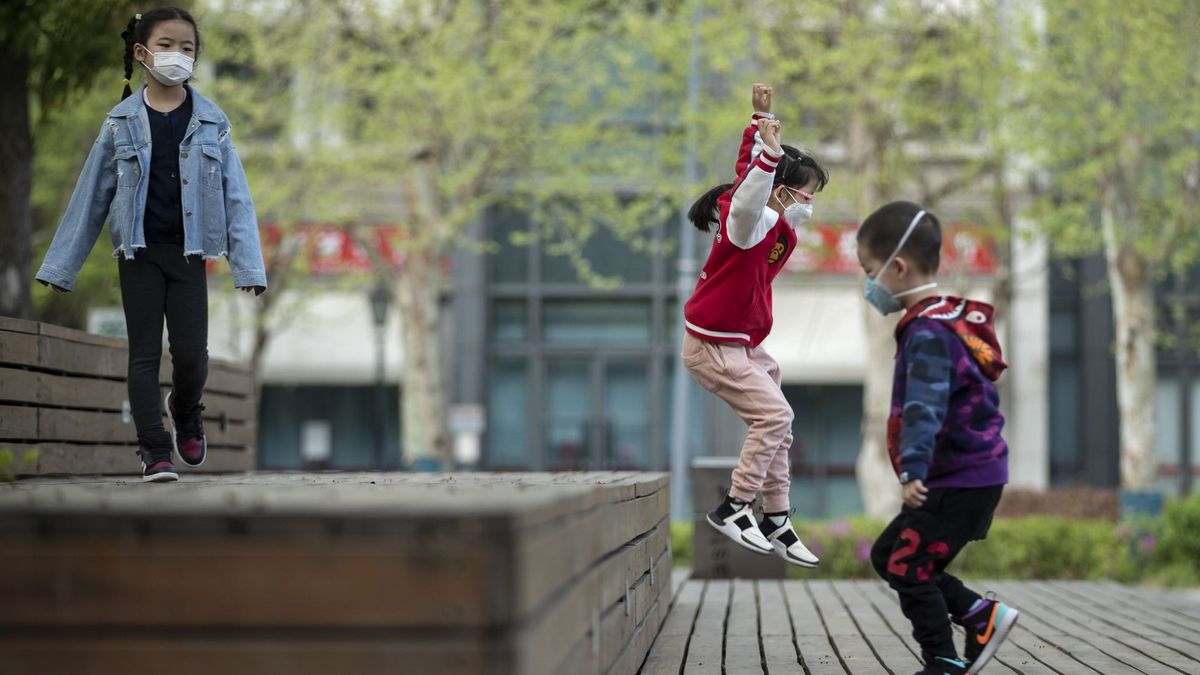China will now allow married couples to legally have a third child in an attempt to prevent a demographic crisis that could jeopardize their hopes for greater prosperity and global influence, according to the Associated Press.
Parliament passed an amendment to the law on population and family planning. The move is part of a decade-long effort by China’s ruling Communist Party (CCP) to determine the number of children in families according to political directives. The legislative amendment was introduced only six years after the last change.
Since the 1980s, China has severely restricted most couples from having only one child. This policy was imposed with the threat of fines and job losses, which led to abuses, including forced abortions. The advantage of giving birth to boys led to the fact that parents killed their newborn girls, which led to a significant imbalance in the sex ratio.
The rules were first relaxed in 2015. The possibility of having two children was allowed after the authorities acknowledged the effects of the sharp decline in the birth rate, fearing that China would grow old before it became rich.
The birth rate in China began to decline even before the introduction of the limit per child. According to the World Bank, the average number of children per mother fell from more than six in the 1960s to less than three by 1980.
Meanwhile, the number of people of working age in the country has declined over the past decade, and the population has hardly increased. The ten-year census showed that China’s population reached 1.411 billion last year, up 72 million from 2010.
Statistics show that in 2021, 12 million babies were born – 18 percent less than in 2019, when there were 14.6 million.
In 2020, there were 264 million Chinese over the age of 60 – 18.7 percent of the population, which is 5.44 percentage points more than in 2010.
There were 63.3% of people of working age, compared to 70.1% 10 years ago.
The introduction of the two-child rule led to a temporary increase in the birth rate, but its effect was soon lost and the number of births continued to decline.
Japan, Germany and other rich countries face a similar problem of declining working age and aging.

